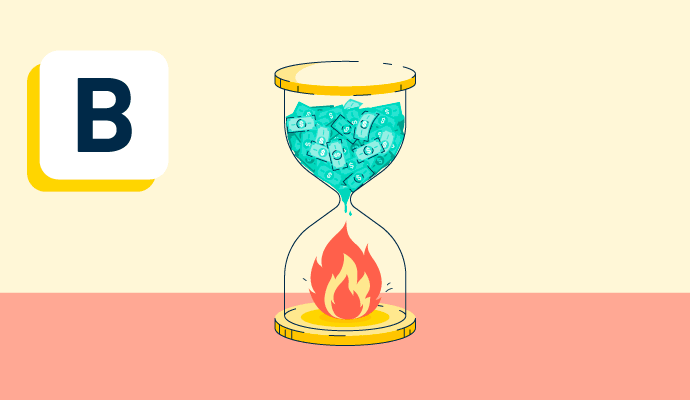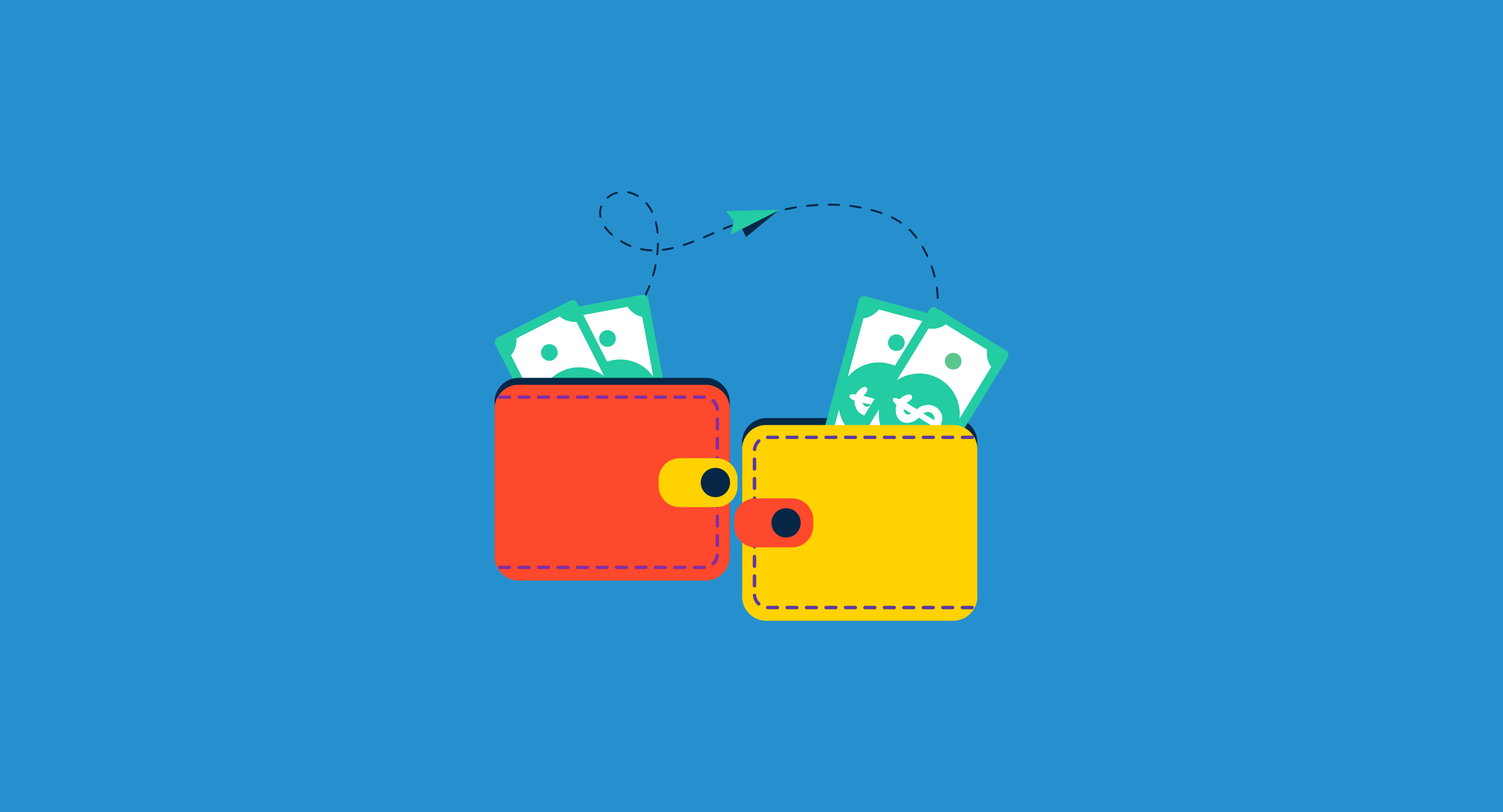What is burn rate?
Burn rate, also known as negative cash flow, measures a company’s spending. Said another way, it’s the amount of money a business spends and how quickly they spend it. Burn rate is an essential metric for startups looking to calculate the amount of time it takes to reach profitability. It’s a helpful metric for anyone making financial projections and seeking economic security.
A low burn rate indicates a healthy business, something investors often look for when researching new companies. This signals that the investors’ money will go further and yield a higher return on investment (ROI).
Companies use cash flow management software to organize the flow of incoming and outgoing funds. This software allows businesses to maintain a positive cash flow and forecast future cash flow based on past transactions and historical or operational data. Cash flow management software typically accompanies other finance software, including budgeting and forecasting software and invoice management software.
How to calculate burn rate
Net burn and gross burn are the two types of burn rates.
Net burn helps companies determine how quickly they are using their available cash reserves in relation to their revenue. The formula for determining net burn is:
Net burn = Operating expenses - Gross margin
So, if a company spends $200,000 to keep its business open and generates $100,000, the net burn would be $100,000.
On the other hand, gross burn rate measures a company’s operating expenses each month without taking revenue into account. Operating expenses include everything that keeps a business running, like rent, taxes, and payroll. The gross burn rate is a useful metric for companies that want to track and cut back on spending.
The formula for calculating gross burn rate is:
Gross burn rate = Cash / Monthly operating expenses
Burn rate and cash flow runway
Cash runway clearly indicates whether or not a business is overspending. It measures how long a business can operate on its existing cash reserves at the current burn rate. The higher the cash runway (or lower the burn rate), the more likely a business will survive.
A business’ profitability may be affected by several things, including:
- Relative costs: An increase in any costs the business incurs decreases profits.
- Low consumer demand: Products with low or decreasing demand lead to low profits for the company.
- Market competition: Companies with little competition can increase prices and overall profit due to their monopoly power. On the other hand, in a competitive market, revenue is lower.
Calculating the burn rate and cash runway allows a business to plan how long the company will last given the current cash reserves.
There are a few different ways businesses can calculate their cash runway, but using the following formula, which includes the burn rate, is the most accurate method:
Cash runway = Cash in hand / Monthly burn rate
For example, a company that is spending $20,000 a month (burn rate) and has $100,000 available to spend (cash in hand) has a 5-month cash runway.
How to reduce burn rate
Here are a few ways companies can reduce their burn rate or eliminate it:
- Increase revenue. A lower burn rate is a result of higher sales and a steady cash flow. Finding ways to boost traffic and get more prospects into the pipeline may increase conversion rates and lower the burn rate. Before simply reducing costs, businesses should examine their marketing and sales processes to identify areas to test new ideas.
- Focus on ROI. Track the spending of every dollar (e.g., marketing) and ensure it supports the company’s overall business goals. By calculating the expected ROI, companies cut services that are not driving business growth.
- Reduce costs. Companies have to review the operating expenses and thoroughly analyze which expenses aren’t generating revenue.
- Sell assets. Selling off unused equipment adds to the cash reserve.
- Use a cash management system. Companies that use cash management systems can proactively plan for positive cash flow by prioritizing savings and tracking and leveraging existing money habits.

Amanda Hahn-Peters
Amanda Hahn-Peters is a freelance copywriter for G2. Born and raised in Florida, she graduated from Florida State University with a concentration in Mass Media Studies. When she’s not writing, you’ll find Amanda coaching triathletes, cuddling up with a good book, or at the theater catching the latest musical.




















